Shale

News
July 26, 2024
Baker Hughes Co. lowered its expectations for U.S. shale activity, saying an anticipated recovery in oil drilling is no longer likely this year.
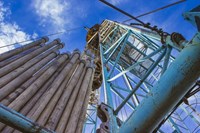
News
June 27, 2024
SM Energy Co. and Northern Oil and Gas Inc., two U.S. shale drillers, agreed to acquire assets in Utah’s Uinta basin for about $2.6 billion in cash, the latest in a string of oil and gas acquisitions as operators look to scale up.
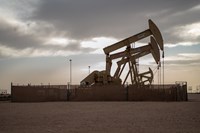
News
June 26, 2024
More than 50% of oil executives told the Dallas Fed they foresee lower domestic crude production if the consolidation trend continues for five years, according to second-quarter survey results released Wednesday.
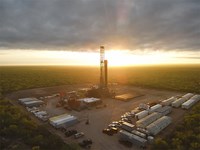
News
June 25, 2024
The shale asset (named Tatonka, approx. 46,500 acre) is in Texas with access to the Gulf Coast industrial area, which includes LNG export terminals and ammonia plants. MEPUSA will begin a drilling campaign to evaluate the well performance and develop and operate the asset for full-scale development after 2026.

News
June 18, 2024
Improvements in drilling and fracking techniques amid a wave of corporate takeovers will drive the expansion and more than offset recent reductions in rig deployments, analysts at the the London-based bank wrote in a note titled ‘Underestimate U.S. shale at your peril.’

News
June 14, 2024
The Vaca Muerta, Spanish for dead cow, is an oil and gas field in western Argentina, which is said to have natural gas reserves that rival the Permian basin. Its shale oil production, currently at about 300,000 bpd, is expected to grow to more than 1 MMbpd by 2030.

News
June 11, 2024
The addition will mean Vista has two fracking crews and related equipment in operation. The company is aiming to raise production 55% to the equivalent of 85,000 bpd by the fourth quarter, and start production on 138 new oil wells by 2026 in an effort to reach 100,000 bpd.

News
June 09, 2024
Drilling in the U.S. shale patch dropped to the lowest level in almost two-and-a-half years as operators vow to make good on promises to investors for subdued production growth this year.

News
June 07, 2024
Average hourly earnings for front-line oil and gas workers rose 0.5% from March to $44.67, according to a Labor Department report released Friday. Compared with a year ago, oil pay is up 3.2%. The strength in wages matched a national trend, pushing back bets for Federal Reserve rate cuts.
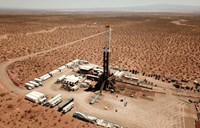
News
May 23, 2024
President Javier Milei, who’s just months into a four-year term, pledges to go where no Argentine leader has successfully ventured for three decades by deregulating the country’s tightly controlled economy. But his signature legislation, which would stamp his libertarian vision on the economy — including free oil markets — still needs to win approval in congress.
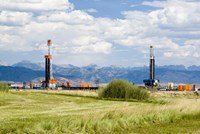
News
May 16, 2024
In a unique state-university-industry collaboration, Dow, the State of Wyoming and the University of Wyoming have come together to enhance oil well productivity and recovery from existing fields and wells in Wyoming.

News
May 13, 2024
Shale operators drilled more crude wells than they fracked in April, marking the first back-to-back increase in drilled-but-uncompleted projects since late 2022, according to a report from the U.S. Energy Information Administration on Monday.
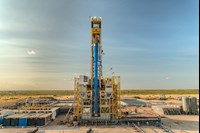
News
May 07, 2024
Earlier this year, using Nabors provided technology, Vista electrified the first drilling rig in Vaca Muerta, Nabors PACE® F24, which is entirely powered by renewable energy.
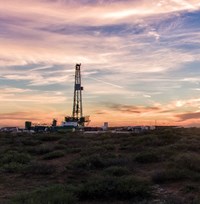
News
May 03, 2024
Pioneer and Sheffield rebutted the FTC’s claims, saying his efforts were an attempt to push back against the “predatory practices” of OPEC and Russia, which had flooded the market with oil on several occasions, including in 2020, to wipe out U.S. shale.

News
May 03, 2024
The acquisition, completed on May 3, allows ExxonMobil to more than double its footprint in the Permian basin, combining Pioneer's substantial acreage and industry expertise with ExxonMobil's technological leadership and financial strength.

News
April 28, 2024
After better-than-expected production from fewer rigs in 2023, U.S. shale executives now are in the midst of slowing down amid a shrinking inventory of top-tier drilling locations, weak natural gas prices, and industry consolidation.

News
April 24, 2024
While production is at record levels, productivity per well in the Permian basin has declined 15% since 2020, due to factors like interference with underground pressure from extensive drilling. However, innovations like longer lateral wells and simultaneous fracking (simul-frac) are improving efficiency and lowering costs.

News
April 23, 2024
After better-than-expected production in 2023, the U.S. shale patch is now in the midst of slowing down amid dwindling inventory for top-tier drilling locations, weaker natural gas prices and industry consolidation.
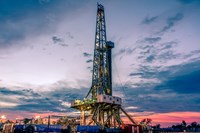
News
April 16, 2024
The announcement is the latest salvo in a proxy fight that began when Kimmeridge proposed the merger to SilverBow through a deal it said would value the combined company at $3.6 billion.

News
April 15, 2024
Overall, U.S. shale-oil production is expected to be steady at about 9.86 MMbpd in May, below the record 10 MMbpd seen in December, according to the report. Production from the Permian basin hasn’t completely returned to the December high and is expected to be roughly 6.17 MMbpd next month.
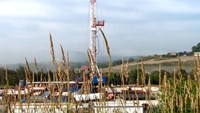
News
April 15, 2024
Equinor will sell 100% interest in and operatorship of its onshore asset in the Appalachian basin, located in southeastern Ohio, in exchange for 40% of EQT’s non-operated working interest in the Northern Marcellus shale formation in Pennsylvania.


